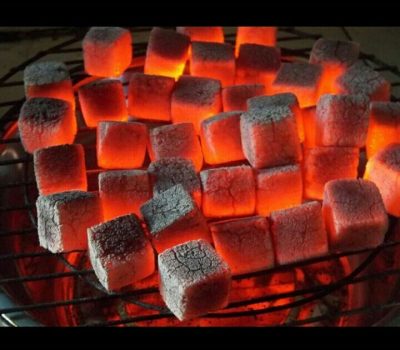Coconut briquettes with minimal carbon footprint, as the world grapples with climate change and environmental degradation, the search for sustainable energy sources has never been more urgent. Coconut briquettes, made from the by-products of coconut processing, have emerged as an eco-friendly alternative to traditional fossil fuels. They not only offer efficient energy solutions but also come with a significantly lower carbon footprint, making them a compelling choice for both households and industries.
What Are Coconut Briquettes?
Coconut briquettes are compressed blocks made from coconut husks, shells, and other by-products of the coconut industry. Unlike conventional charcoal, which is often derived from hardwoods and contributes to deforestation, coconut briquettes utilize materials that would otherwise be waste. This innovative approach not only promotes recycling but also ensures that resources are utilized in a sustainable manner.
The Production Process
The production of coconut briquettes involves several key steps:
- Collection of Raw Materials: The process begins with collecting coconut husks and shells, which are typically discarded after the coconuts are harvested. This collection can take place in coconut-producing regions, where these materials are abundant.
- Drying: The collected husks and shells are dried to remove excess moisture. This step is crucial, as high moisture content can lead to inefficient combustion.
- Carbonization: The dried materials are then subjected to pyrolysis, a process that heats the biomass in the absence of oxygen. This transforms the organic matter into charcoal while retaining most of its energy content.
- Briquetting: The charcoal is ground into a fine powder and mixed with a natural binder, such as starch. This mixture is then compressed into briquette form, enhancing its density and improving its burning characteristics.
- Packaging: Finally, the briquettes are packaged for distribution, ready for use in cooking, heating, or industrial applications.
Environmental Benefits
- Lower Carbon Emissions: One of the primary benefits of coconut briquettes is their reduced carbon emissions. When burned, they release significantly less carbon dioxide compared to fossil fuels. This is largely due to the carbonization process, which removes volatile compounds that contribute to pollution.
- Waste Utilization: By converting agricultural waste into energy, coconut briquettes help mitigate the issue of waste management. This approach reduces landfill use and minimizes environmental pollution.
- Sustainable Resource: Coconuts are a renewable resource, and their by-products are abundant in tropical regions. This sustainable sourcing helps maintain ecological balance, unlike the extraction of fossil fuels, which often leads to habitat destruction.
- Improved Air Quality: Burning coconut briquettes results in lower smoke emissions and particulate matter compared to traditional charcoal or coal. This quality makes them particularly appealing for indoor cooking, where air quality is a concern.
- Carbon Neutrality: The lifecycle of coconut briquettes can be considered carbon neutral. The carbon released during combustion is roughly equal to the carbon absorbed by the coconut palms during their growth, creating a closed carbon cycle.
Economic Advantages
- Cost-Effectiveness: Coconut briquettes can be a cost-effective alternative to fossil fuels. With the abundance of raw materials in coconut-producing regions, production costs remain relatively low, making them an attractive option for consumers.
- Job Creation: The production and distribution of coconut briquettes can stimulate local economies by creating jobs in agriculture, manufacturing, and logistics. This contributes to rural development and supports livelihoods in coconut-growing communities.
- Energy Independence: For countries heavily reliant on imported fossil fuels, coconut briquettes offer a means of achieving energy independence. By utilizing local resources, nations can reduce their vulnerability to global energy market fluctuations.
Applications
Coconut briquettes have a wide range of applications:
- Household Cooking: Many families, particularly in developing regions, prefer coconut briquettes for cooking due to their clean-burning properties and ease of use.
- Industrial Heating: Industries that require high-temperature heating, such as ceramics and metallurgy, are increasingly adopting coconut briquettes as a cost-effective and efficient fuel source.
- Barbecuing and Grilling: The briquettes are also popular among grill enthusiasts, providing a natural and sustainable option for outdoor cooking that enhances flavor without harmful emissions.
Conclusion
Coconut briquettes with minimal carbon footprint, Coconut briquettes represent a powerful solution to the pressing challenges of climate change and resource sustainability. With their minimal carbon footprint, efficient energy output, and ability to utilize agricultural waste, they offer a path toward a more sustainable future. As consumers and industries look for cleaner energy alternatives, coconut briquettes stand out as a viable option, combining environmental benefits with economic advantages. By adopting this innovative fuel source, individuals and communities can contribute to a greener planet while enjoying the practical benefits of sustainable energy.
Related Posts

Pengertian SEO Lengkap untuk Strategi Website

Timbangan Digital untuk Usaha Kuliner untuk Operasional Efisien

